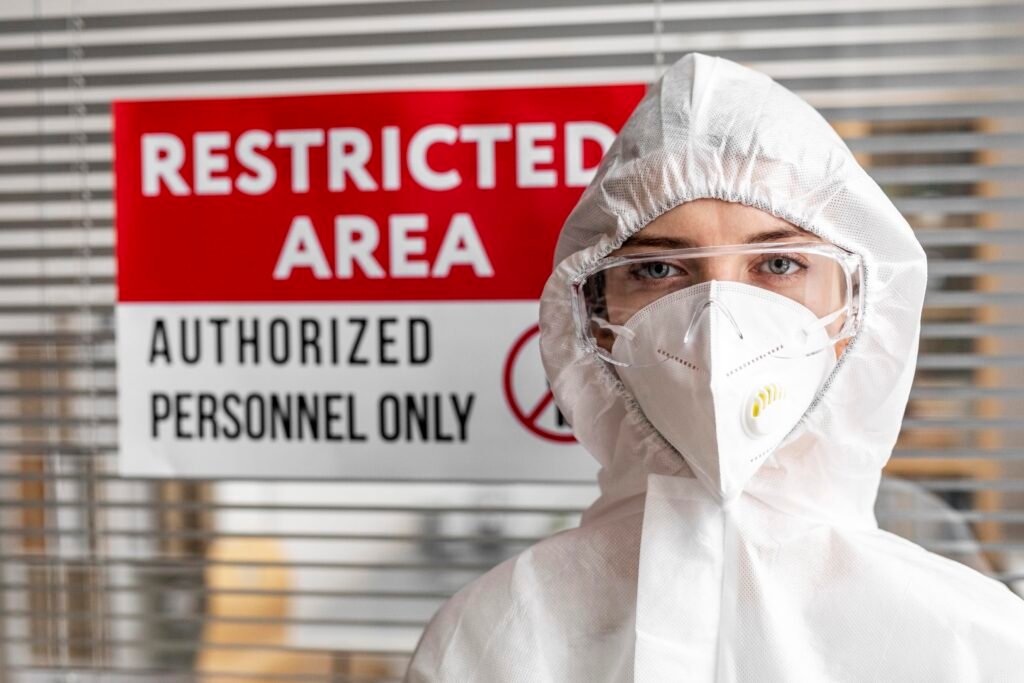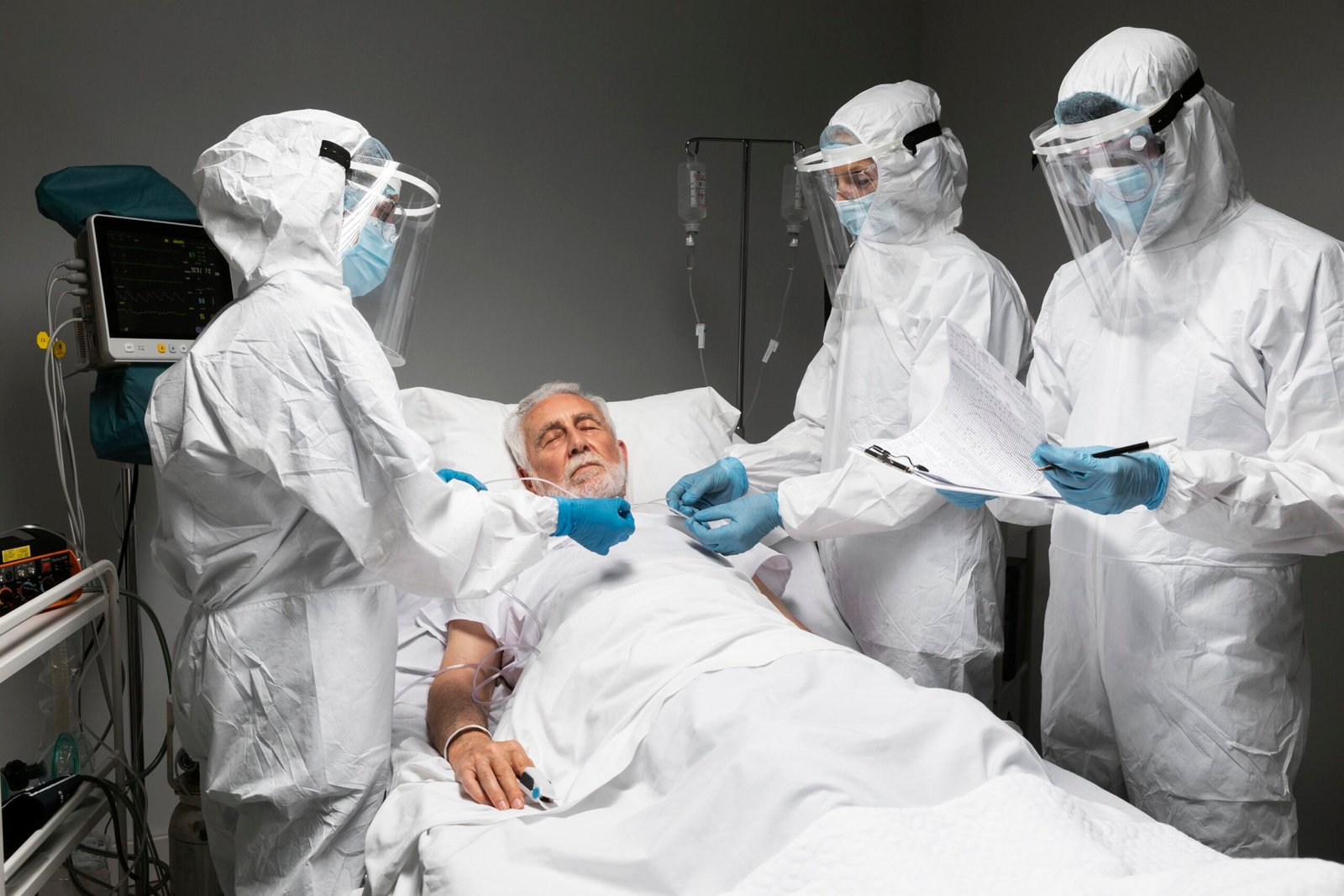An Arizona plague death shocked residents this week as health officials confirmed the case on Friday. The victim lived in Coconino County, where this is the first such death since 2007.
Back in 2007, a person caught the plague after contact with an infected dead animal. This recent case shows the disease still poses a small risk, even today.
The plague, once called the “Black Death,” killed millions in 14th-century Europe. Thankfully, modern antibiotics can treat it if caught early.
On average, the CDC reports about seven human plague cases in the U.S. each year. Although rare, the disease still appears in rural areas, especially in the Southwest.
Coconino County health officials say the public risk remains low. However, they urge people to avoid contact with wild animals and stay alert.
For those living in or visiting Arizona, it’s important to monitor updates. The recent Arizona plague death highlights the need for continued public awareness.
Arizona Plague Death Shocks Community in Coconino County
An Arizona plague death has left the community mourning after a confirmed case of pneumonic plague in Coconino County. Officials expressed condolences to the victim’s family and urged the public to stay informed.
Pneumonic plague is a dangerous lung infection caused by the Yersinia pestis bacterium. It is contagious and may be deadly without medical interventions. Very uncommon this type of plague is the worst and most contagious.
Contrary to the pneumonic plague, bubonic plague is normally an offspring of a bite from fleas. It is more widespread and yet severe in case it is not treated. Its symptoms are fever, chills, weakness, and enlarged lymph nodes. These symptoms usually manifest themselves in two to eight days.
Professionals caution that it is important to be diagnosed early. In case it is quickly treated with antibiotics, it can be overcome. Nevertheless, the sickness is highly contagious and can become fatal, unless treated.
Arizona officials did not comment further because of the respect they showed to the victim’s family. Nonetheless, they are urging people to watch out and consult a medical professional in case they develop any symptoms.
Keep yourself informed with any health warnings, and whenever you are in an area with flea-dinfested areas, be as careful as possible. This Arizona plague death tells us that prevention and awareness are the key.

The recent Arizona plague death raised global concern. However, health experts confirm the disease no longer exists in the UK. Government officials say the risk of plague entering the UK remains very low. Travelers should still take basic precautions when abroad.
Use insect repellent with DEET to protect against flea bites. Always avoid direct contact with wild or dead animals during travel. Also, avoid infected materials or tissues. Stay away from symptomatic patients and areas with recent plague cases.
Travelers returning from high-risk zones must stay alert for symptoms. Seek medical help if fever, chills, or swollen lymph nodes appear.
While the Arizona plague death made headlines, simple steps can reduce your risk. Stay informed and follow official health advice when traveling.











